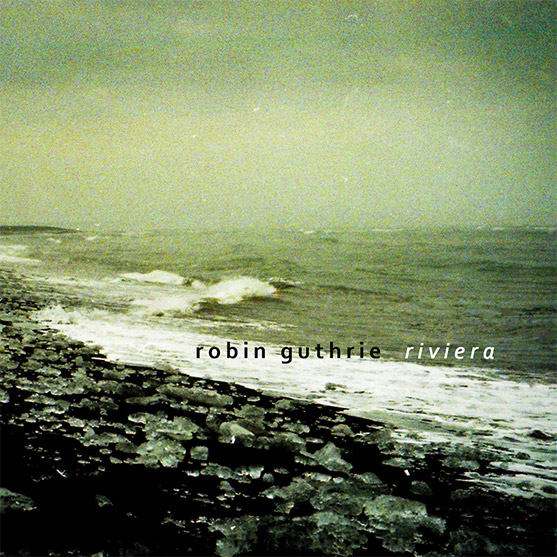I generally resist comedy shows. I find most comedic efforts strained; they tend to mug for the camera and are rife with canned laughs. There are small number of comedy TV shows I’ve liked: Seinfeld, MASH…Okay, I think that’s it. Where I’ve enjoyed comedy has been in unintended shows, small snippets. I did watch shows like Frasier and Cheers and Friends, The Big Bang Theory (well, it seems that I mostly stopped watching TV after the 1990s, I guess). Some of these had funny moments. Seinfeld had great characters, unique. The best shows have those types, more so than the series as a whole, you have great individual parts.
I’m sure a few years ago I caught a clip of the opening of Derry Girls and dismissed it as juvenile mugging. Yet somehow I watched a clip somewhere again this month, and it resulted in binging both seasons of the show on Netflix. Not only that, but I on occasion watch clips from the show just to keep the laughter fresh.
Derry Girls is a show about Northern Irish teenagers in Derry, set during the midst of the Troubles in the mid-1990s (a period that warrants its own Wikipedia entry and a capital T, the Troubles was a conflict between Protestant and Catholic, Irish and English, where thousands were killed and many more injured; it was not a good time). Rather than focusing on the Troubles, the show focuses on teenage who happened to live during those times. The actors in Derry Girls are older that the 15 and 16 year olds they portray, which lends them a skill far beyond people that same age. There are currently only two short seasons of Derry Girls, although a third and final season has completed production after a COVID-imposed delay.
There are five main teenage characters in Derry Girls, and one of them is a boy. Other teenage character appear, as well as adults (parents and other authority figures, for the most part). It’s through and through comedy, with tinges of realism such as the IRA, Orange marches, bombings, peace talks, rifts between Protestants and Catholics, and Irish and English. While I’ll never fully understand the two last parts, not being either Irish or English, or fully Protestant, I’ve always found myself deeply in love with most things Irish. Both my children bear names that trace back to Irish roots. I’ve been to Cork, albeit briefly (side note: I once found myself in a rough Cork pub bathroom, where I did my best Irish accent imitation in a discussion as I tried to extricate myself from a nasty stall). There’s Irish slang that required some research (boke, for example), and uniquely Irish traditions such as Rock the Boat at weddings. There’s also drugged scones, fish n chips, and a huge variety of shenanigans (if that isn’t an Irish word, it should be an Irish word).
In Derry Girls, the five main characters try to navigate teenage life in the 1990s. They’re in a strict Catholic girl’s school, though one of them is a boy. Each of the main characters are wildly different, from the artistic Erin, the somewhat on-the-spectrum cousin, Orla, the nervous (and lesbian) Clare, the booze/drug/boy/swearing Michelle. Then there’s the unfortunate English-born cousin of Michelle, James, who is dropped into the girls’ school because it’s supposedly safer. I guess one has to appreciate the Catholic-Irish hatred of the English to understand why.
As mentioned, I tend to stay away from comedies, but I found myself laughing quite often during Derry Girls. I wasn’t able to watch most of it without subtitles, though a few phrases skipped past me the first time (much better than when in Cork and I could don’t understand my taxi driver at all). The escapades of Michelle, with her constant raging at her cousin and her boy-crazy efforts, mixed in with her wild boozy side, seemed at times over the top, but looking back on my teenage years I do remember people like this (and this was not in Ireland). Then there’s Clare, the nervous, serious one; she has many funny moments. Orla seems a little spacey, in contrast to her more serious cousin, Erin, my favorite of the bunch. She tries too hard at everything, but has the best facial expressions. The main male character, James, an English actor, suffers throughout the series, but has the purest heart of the lot.
With the third and final season due out (maybe) in 2022, it will be interesting to see how they end this show. It’s a series that I almost wish never ends. I really wish it had more episodes, and I look forward to seeing when it comes out, as no doubt it will have many funny storylines. Derry Girls came out of nowhere (to me), and I didn’t expect to like it. This goes to show that surprises can be found anywhere and everywhere.



